Purple Robe Locust Tree
Description
About the Purple Robe Locust Tree
The Purple Robe Locust (Robinia pseudoacacia ‘Purple Robe’) is a stunning ornamental tree known for its spectacular pink-purple blooms in spring. These fragrant, wisteria-like flowers can reach up to eight inches long, covering the canopy in a dramatic, eye-catching display.
Also called the Purple Robe Black Locust, this cultivar of the native black locust is not only beautiful—it’s also practical. A fast-growing shade tree, it’s ideal for landscapes, patios, decks, and streetscapes, offering a graceful structure and reliable seasonal interest.
Why Grow a Purple Robe Locust Tree?
- Spring Blooms: Masses of fragrant, dangling purple flowers that resemble wisteria
- Seasonal Color: Leaves emerge metallic red, turn blue-green in summer, and golden yellow in fall
- Winter Interest: Decorative seed pods remain on branches through the colder months
- Fast Growth: Grows 2–3 feet per year, reaching 30–40 feet tall at maturity
- Long-Lived: Can thrive for over 100 years
- Hardy and Adaptable: Tolerates drought once established and grows in a range of soils
- Versatile Landscape Uses: Works beautifully as a street tree, shade tree, or focal point in large spaces
You can even clip the spring blooms to enjoy indoors in fresh bouquets.
Additional Uses of the Purple Robe Locust
- Valuable to Beekeepers: Produces nectar used in acacia honey, which is highly prized for its clarity and flavor
- Hardwood Value: As a member of the black locust family, its dense wood is ideal for fence posts and makes excellent long-burning firewood
Growing Tips
The Purple Robe Locust is easy to grow and tolerant once established, but it does come with a few considerations:
- Sunlight: Prefers full sun, but tolerates partial shade
- Soil: Adaptable to various soil types, as long as they’re well-drained
- Drought Tolerance: Once mature, it requires little water
- Pruning: Prune in fall or winter to shape young trees and strengthen structure
- Watch for Root Suckers: This tree can spread by suckers—remove them early to prevent unwanted growth
- Pest Alert: May be affected by locust borer and other insect pests—inspect regularly for early signs
Plant a Purple Robe Locust Tree
Whether you’re drawn to its showy purple flowers, its value to pollinators, or its ability to provide fast-growing shade, the Purple Robe Locust is a standout. With year-round beauty and a long lifespan, it’s a tree that gives back to your landscape for decades.
Buy Purple Robe Locust trees today to enjoy their stunning spring display and low-maintenance charm.
Survival Guaranteed!


Since 1816, Stark Bro’s has promised to provide customers with the very best fruit trees and plants. It’s just that simple. If your trees or plants do not survive, please let us know within one year of delivery. We will send you a free one-time replacement, with a nominal shipping fee of $9.99. If the item in question is not available, we can issue a one-time credit to your account equaling the original product purchase price or issue you a refund. Read more about our warranty policy.
Characteristics
| Bloom Color | Pink, Purple |
| Hardiness Zone Range | 4 - 8 |
| Shade/Sun | Full Sun |
| Soil Composition | Loamy |
| Soil Moisture | Well Drained |
| Soil pH Level | 6.8 - 7.5 |
| Years to Bear | 2 - 3 |
Size & Spacing
Mature Size
Recommended Spacing
Zone Compatibility
Tools & Supplies
Planting & Care
Learn all about how to grow flowering trees in The Growing Guide. An entire section of our website dedicated to your growing success.
Shipping Information
Arrives when it's time to plant
Questions & Answers
Our Purple Robe Locust bloomed the following year after we planted it.
Very beautiful. I am going to order two more to plant this spring.
A few short thorns widely spaced. Nothing like other locusts. Tree grows quickly 3-4 ft/year.
Tammy, I was a former Environmental Health Specialist so I know about septic system issues. I would not plant any tree too close to your septic field because trees will seek out the water from the leach field. Plant at least 30 feet or more away from the leach field especially when you are dealing with a large tree such as the Purple Robe Locust. Also, I don't know what kind of septic field you have, ie. standard, mound, pressure distribution etc. This will be a determining factor. It may be best to contact your local Environmental Health Office. Good luck with your tree!
Fast-growing, shallow roots (and runners). Medium sized tree. I had a mature one in the yard when I moved into my present home. It was 20 to 25 feet high and almost as wide. Depends on soil, climate and the health of the tree. I have one two-year old tree and it's probably 10 ft with a 2" or slightly bigger bole.
Definitely not normal. Leaves should be healthy and green until leaf drop in
autumn. Would check with your county agricultural extension agency to
identify the disease that is causing the problem.
The Purple Robe Locust I bought a couple years ago is in a sandy location, between two large blue spruce trees and is doing amazingly well. It is now about 8 feet tall and flowered twice last summer, despite a late hard freeze that damage the newly opening buds. Having a BS in Forestry, I know black locust (including this one with pink flowers) are very hardy, soil and drought tolerant, fast growing and can spread via suckers. But so far I haven't noticed any suckers, just a cool little fast growing tree. I love Black locust and so do honey bees! One of their favorites! Hope this helps :-)
The hardy purple-robe locust can live up to 150 years with proper care in U.S. Department of Agriculture plant hardiness zones 4 through 8.
They do as they get older; some trees have smaller thorns than others. It seems the further South you are, the more thorns they have.
They do have runners which are most active if the tree is distressed in any way. I've also had quakies and controlled the runners with concrete barriers. You have to make sure you go deep enough or they'll just grow under. Mine are between 18 and 24 inches deep and I haven't had a problem since I poured them.
Yes of course.. plant early April to mid May..mulch with at least 3 inches of wood chips and water twice weekly especially when hot and dry.
Customer Reviews
This one replaces a peach tree that gophers got. This time we made a basket of hardware cloth to protect this new tree's roots.
I look forward to lots of bees enjoying the locust blossoms!
Well absolutely buy from Stark Brothers again when I need more trees

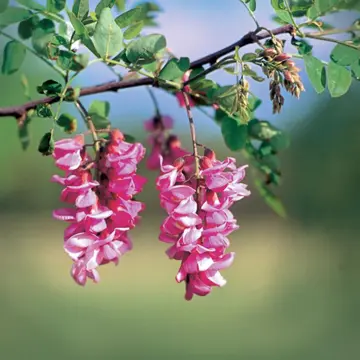
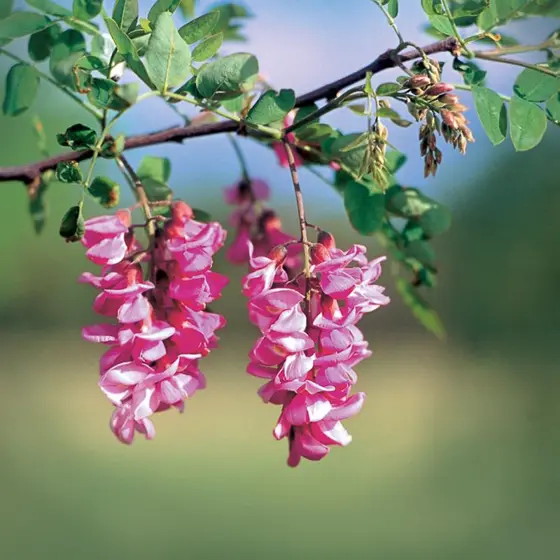
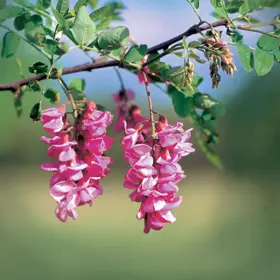
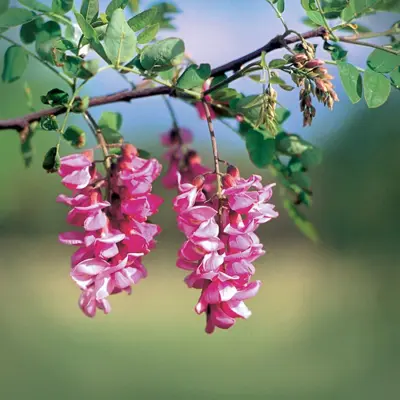
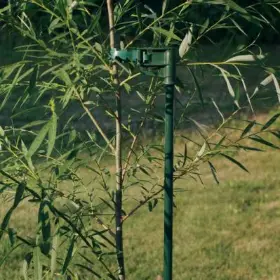
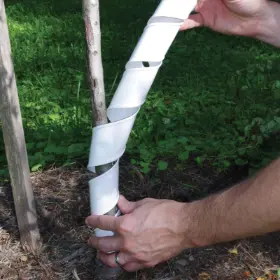
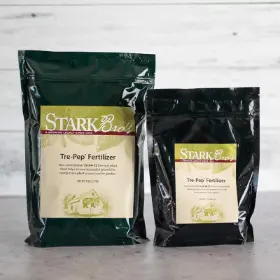

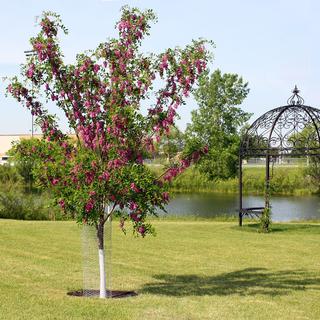
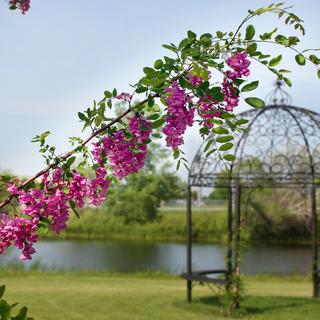
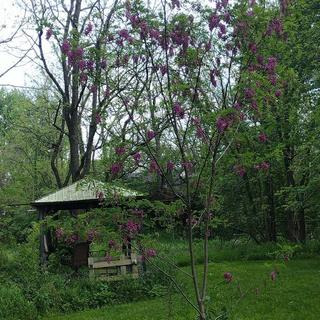
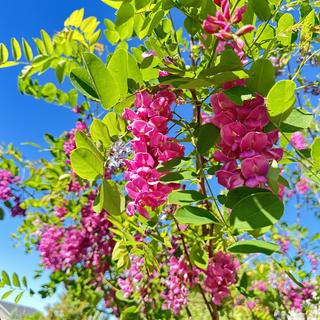
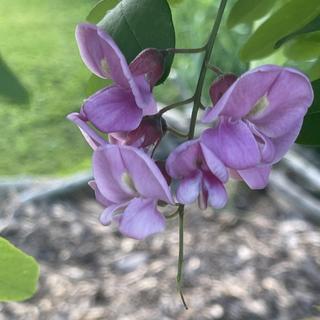
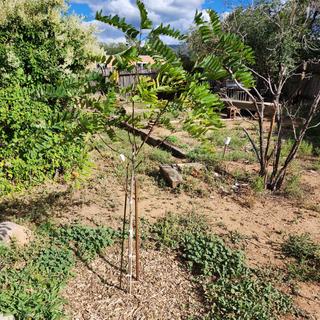
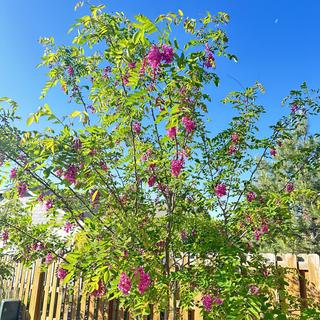
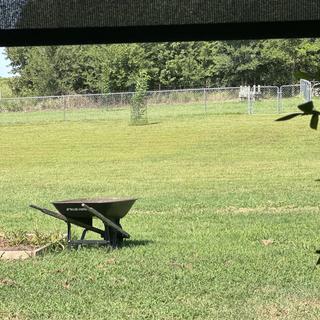
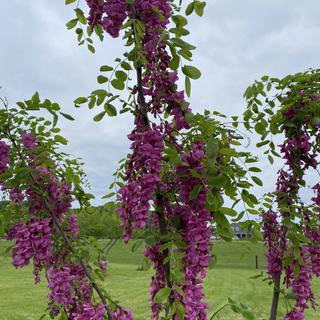
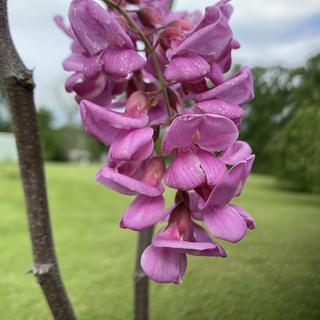
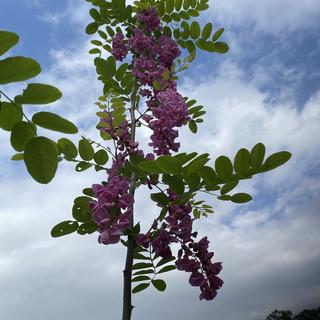
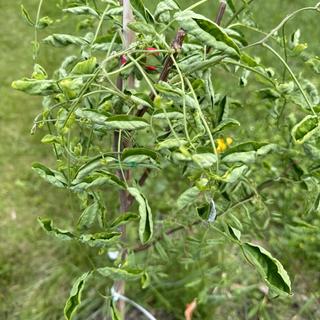
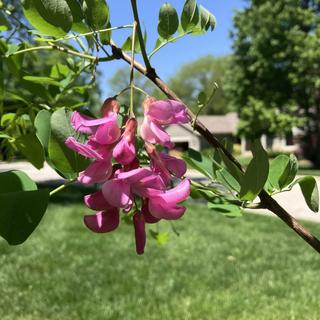
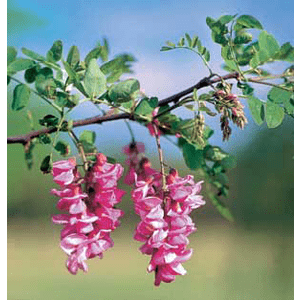
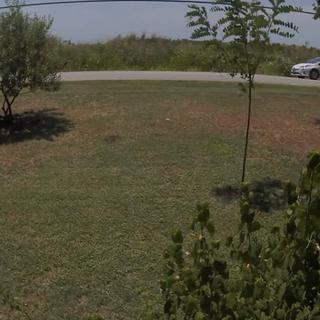

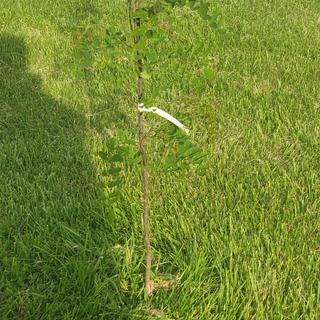
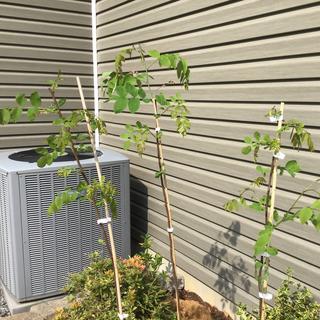
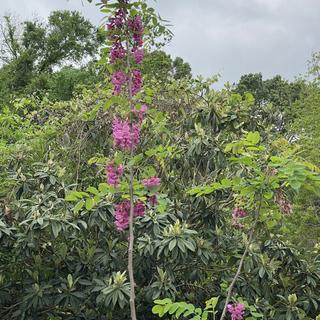
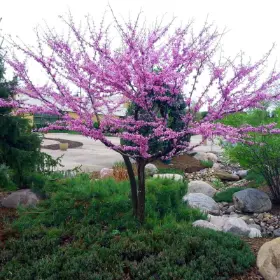
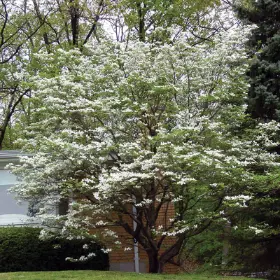
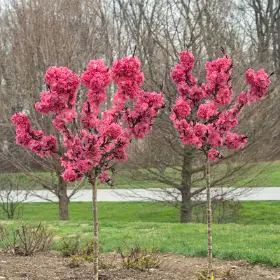
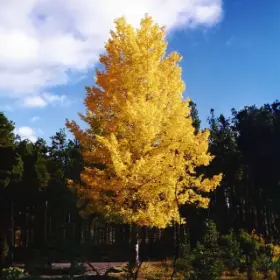
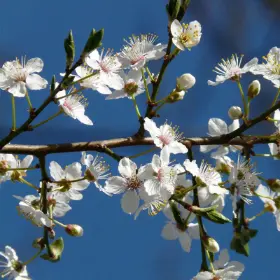
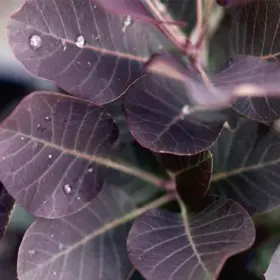
wanted a flowering locust tree!
Saw in bloom at local park and loved the flowers
We planted one when my son lost his leg in a mower accident 10 years ago, storm last week broke the top out, I am replacing it
Perfect size for my needs